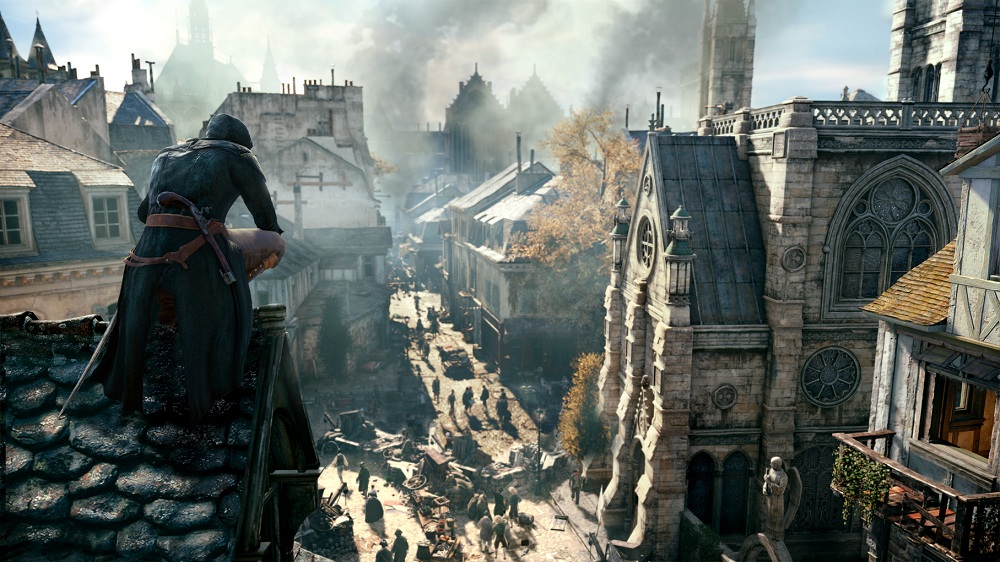Changes to Notre Dame Over the Centuries
James H.S. McGregor, Paris from the Ground Up (Cambridge, Mass.: Harvard University Press, 2009), pp.46-47.
Almost as soon as the building was enclosed, workers began to reconfigure what had already been put up. Chapels were built along both sides of the nave. The wide area between the choir and nave, called the crossing or transept, was extended so that its outer walls lined up with the new chapels. At the end of the thirteenth century, a forty-year project to surround the choir with chapels began. At about the same time, most of the windows in the nave were made even larger and reglazed.
Despite these improvements, by the eighteenth century the cathedral that had become so important in French national life was hopelessly out of touch with the refined neoclassical tastes of that era. Architects did their best to update it, but there was very little they could do. They managed to replace most of the -- to their eyes -- gaudy medieval stained glass with softly translucent white glass, and they cloaked the Gothic pillars of the choir with wooden structures that mimicked the arches and applied columns of the Romans. By the time the revolutionary mobs got to the church late in that century, there was little glass left. They expressed their resentment at centuries of clerical abuse by destroying sculpture, basreliefs, and paintings. They also looted the sacristy of the church, stealing gold and jewels and defiling relics that had been collected over centuries . Nineteenth-century restorers worked to undo both of these attacks. Their work was so skilled and their record-keeping so spotty that it is difficult for anyone but an expert to distinguish between medieval originals and nineteenth-century recreations.
The cathedral that is visible today is the product of at least five significant historical events: the first building campaign of the twelfth century, striking remodelings carried out in the thirteenth and fourteenth centuries, a devastating redirection of the building in the early eighteenth century, the French Revolution of 1789, and a major project of salvage, restoration, and new construction carried on in the mid-nineteenth century.

Image of Notre Dame from "Assassins Creed: Unity"